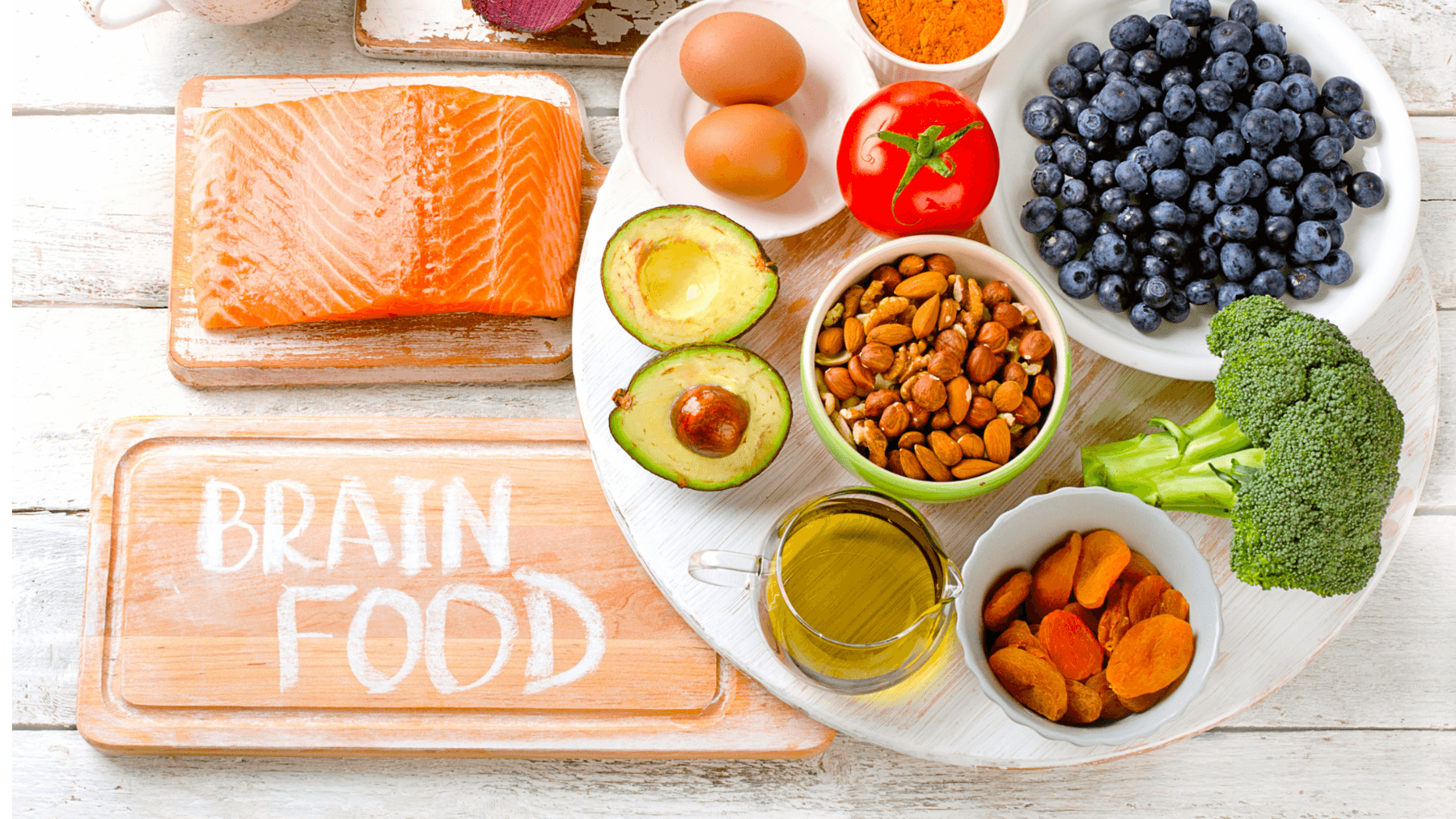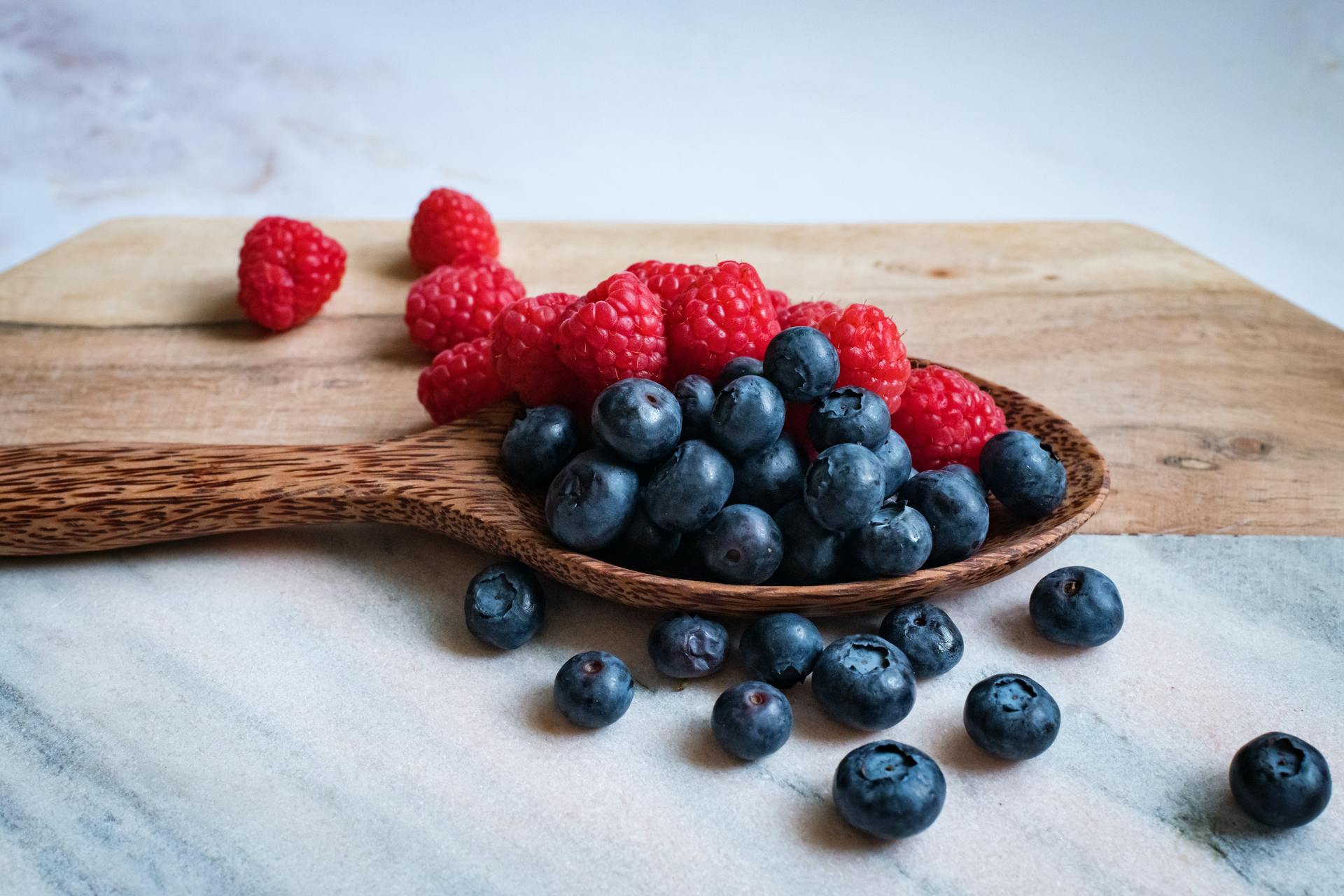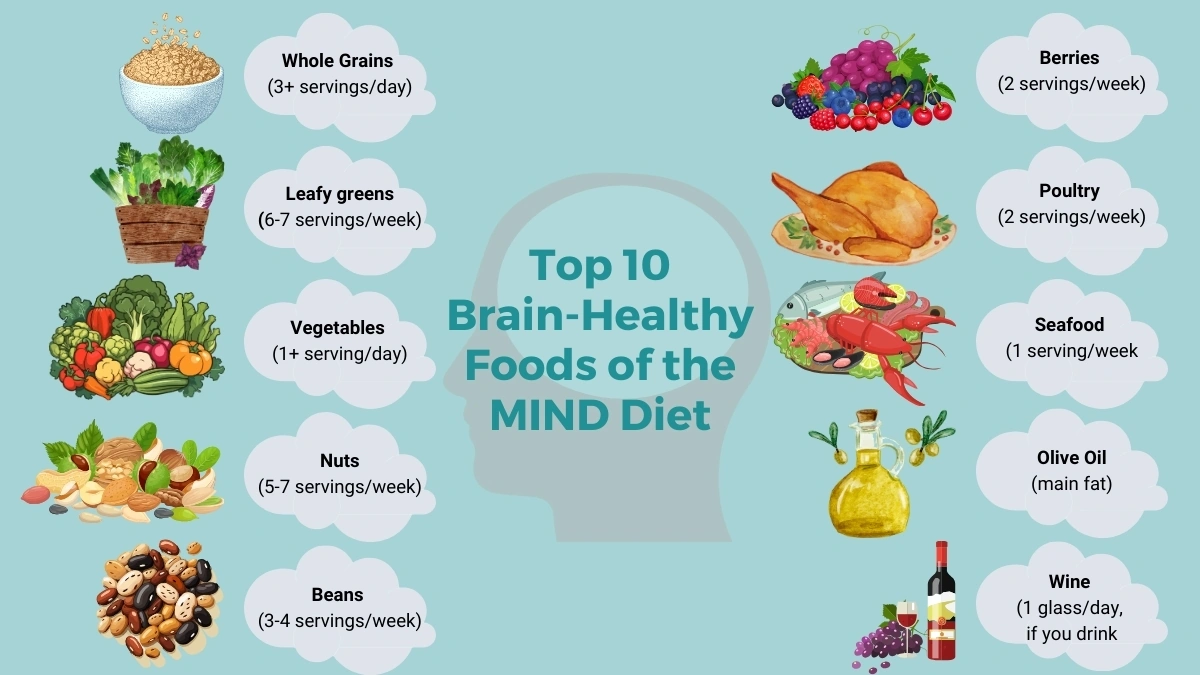Food and Brain, Seriously?
You know that foggy feeling—wandering into the kitchen, then standing there, completely blank on what you came for? Or maybe it’s names that slip your mind, or those “what was I just saying?” moments. It’s not just you. It happens to all of us, and honestly… sometimes it’s hilarious, but sometimes it just feels a little scary.
But here’s the thing. What we eat really matters for how well our brain works—now, and years from now. I used to think brain food was just a marketing gimmick. But after watching someone in my family struggle with memory loss, I started paying attention. That’s how I discovered the MIND diet—a combo of the Mediterranean and DASH diets—built to help keep you sharp, energized, and feeling more “you” for longer.
Let’s talk about the everyday foods that the MIND diet says to avoid (or at least, keep on a very short leash). Not because you “should” or out of guilt. Because small shifts can genuinely make your brain, and life, better. Ready for real talk? Let’s dive in.
Why These Five?
So, What Are 5 Foods to Avoid on the MIND Diet—and why these, specifically? Honestly, it’s not rocket science (or maybe it is… but the researchers have done all the number crunching, so you don’t have to). The foods on the “skip” list are the ones that have been linked—over and over—to faster cognitive decline, more inflammation, and a greater risk for things like Alzheimer’s. Yeah, it sounds dramatic. But it all comes down to an annoying combo: too much saturated fat, sugar, and processing.
Quick sidebar—don’t get stressed if you love some of these. I do, too. The goal isn’t perfection. Even “pretty good” MIND diet followers reduce their risk for memory loss, according to a huge study highlighted on CBS News.
The Sneaky Food Villains
Okay, here comes the slightly painful part—but with plenty of backup ideas, real-world swaps, and even a couple “Hey, I tried that” moments from yours truly. And yes, I’ll sneak in a little humor, because honestly… memory loss jokes are better than memory loss itself.

Red and Processed Meats: Bacon, Burgers, and Brain Fog?
Listen, I used to have a weekly burger ritual. (It was a thing. Fries included. Sometimes a shake—don’t judge.) But, red meat—including beef, pork, lamb, and fancy deli meats—has a big downside when you’re thinking about long-term brain health. The saturated fat in red meat has been linked (again and again) to more plaque in the arteries… and yep, even in those tiny brain vessels, too. That means less oxygen up top, and that translates to “wait, what day is it?” moments no one enjoys. The MIND diet says: no more than three servings a week is the sweet spot—so it doesn’t have to be all or nothing according to Healthline’s guide for beginners.
Fun personal note: My uncle (total barbeque king) made a game of swapping burgers for grilled salmon. He now claims he can remember song lyrics from the 80s again. Coincidence? Maybe not.
Simple Swaps Table
| Instead of… | Try… | Why? |
|---|---|---|
| Bacon, sausage, hot dogs | Grilled chicken, turkey, fish | Less saturated fat, more brain-loving omega-3s |
| Burger patties | Black bean or lentil burgers | Plenty of protein, no brain fog payback |
What’s on the “yes” list? You can get tons of creative, totally filling meal ideas from the MIND diet food list. (Trust me, you won’t miss those hot dogs after you’ve had homemade lemon-herb baked salmon. Recipe testing gone right.)
Butter and Stick Margarine: Why Does Butter Get the Boot?
I love warm, crusty bread… especially with a fat pat of butter. But if you’re keeping an eye on brain health, the MIND diet recommends less than a single tablespoon of butter per day—seriously, that’s not much. Why? Butter is loaded with saturated fats, just like processed meats. When there’s too much of it in your system, it slows blood flow where it matters most: your noggin. That means your Sunday crossword might feel a lot harder (and not in a good way).
Stick margarines—especially the old-school ones—are even worse because they can have sneaky trans fats. Some countries have banned the real offenders, but they can linger in the supermarket according to health advice on brain-healthy eating.
My Home Hack
So, what do you do—go dry-toast forever? Nah. I started swapping olive oil for butter on everything from toast to roasted veggies. It felt weird at first, I won’t lie. But, it’s got this peppery flavor that honestly… well, I’m not missing the butter like I thought I would. You might be shocked how good it tastes, especially with a little sprinkle of herbs or flaky salt.
Curious what other fats get the green light? The MIND diet food list breaks it down.
Full-Fat Cheese: Cheese Lovers, Take a Breath…
Cheese is… everything to me. I know some people could leave it, but I grew up snacking on sharp cheddar and tossing Parmesan on everything. So, this one hurts. But here’s the deal: the MIND diet singles out cheese (especially the full-fat kind) because it’s another heavy hitter with saturated fats. The guidelines? Keep cheese to just one serving a week. Yup, you read that right—once a week.
Why so strict? Cheese isn’t just fat—it’s also sodium city. The combo can add up to inflammation, which (according to studies) can make your brain’s “wiring” a bit slower or less reliable. Not cool if you love feeling on top of things in meetings or family game night.
Sneaky Cheese Substitutes
What’s actually tasty as a cheese stand-in? Sometimes I’ll sprinkle a few sunflower seeds or chopped nuts over a salad for the crunch and flavor. Or, if it’s gotta be cheesy, a spoonful of low-fat cottage cheese hits the spot. Pro move? Try a little nutritional yeast on popcorn… the flavor is wild, and it’s naturally savory without the dairy hangover.
The most surprising lesson for me—when I took cheese from “daily habit” to “occasional treat,” my headaches started to ease up. Was it the cheese? No clue. But I’m not going back to shredded cheese on everything.
If you want a full breakdown of how to make these swaps, the MIND diet recipes have a few creative workarounds.
Pastries and Sweets: The Hidden Memory Thief
Cookies. Donuts. Cake. Sigh. The world’s best comfort foods. But here’s the kicker: frequent desserts and processed sweets are like brain sabotage (sneaky, right?). We all know sugar’s rough on our waistline—turns out it also messes with memory. Research on sugary foods and brain health shows they spike your blood sugar, and too much of that, day after day, can mess with the tiny blood vessels feeding your brain. Over time, you get more “memory lag,” not to mention energy dips and mood swings as many findings attest.
The MIND diet advice? Keep it under four treats per week. Yes, “treats”—so a giant cookie and two donuts is already pushing your weekly quota. Who hasn’t spent a hard week with a whole tray of brownies though? (Asking for a friend…)
Sweet Fixes That Work
I swapped my mid-afternoon cookie for a handful of blueberries or a quick yogurt parfait (with a drizzle of honey and walnuts). And wow—it took a week or two, but the afternoon brain fog just… vanished. If you’re craving dessert, try anything fruity and fiber-packed. You can find tons of options in the MIND diet recipes section, especially if you still want to feel fancy but not fall into a sugar coma.

Have you got a favorite go-to snack? What do you reach for—let me know if you’ve discovered a swap that’s surprisingly good!
Fried Foods and Fast Food: French Fries and Your Focus
Okay, real talk… who doesn’t love fries? Or crunchy, golden-brown anything? I spent years telling myself, “but it’s potato, it’s a vegetable, right?” Turns out, the problem’s all the extra fat (mainly the ones not so friendly) and high-temperature frying—both of which churn out compounds that age your brain cells extra fast. Fried food is a “no more than once per week” deal on the MIND diet, and the same goes for most fast food. Honestly, if I’m being honest, I feel a difference after a greasy meal vs. something roasted or grilled. You ever get that sluggish, heavy feeling? Not in your head—it’s your body (and maybe your brain) waving a big red flag.
But hey, we all have drive-thru days. I have “too tired to cook” nights. I started making oven-baked sweet potato fries at home and—no joke—my kids still beg for them (the first time, I added paprika and garlic. Now I have to make a double batch).
Easy Comparison Table
| Craving… | Instead, try… | Why? |
|---|---|---|
| Chicken nuggets | Home-baked chicken tenders | Much less fat, no trans fats, still fun to dip |
| French fries | Oven-roasted sweet potato fries | Fiber, vitamins, fewer crashes |
| Diner milkshake | Berry smoothie with Greek yogurt | Protein, antioxidants, good for your brain and your mood |
For even more fast, delicious, guilt-free treats, seriously check out the MIND diet recipes. They might just change how you think about take-out nights.
Don’t Forget: Small Changes, Big Payoff
Let’s take a breath. If you read all this and thought, “Great, so all my favorite foods are gone, thanks,”—relax. The truth is, you don’t have to go cold turkey. Even moderate changes—the “sorta, kinda” approach—help lower your odds of memory loss (“modest adherence” is the real term, but who talks like that in real life?).
Here’s something wild: The researchers behind the MIND diet found even if you just make these swaps most of the time, you could protect your brain as if you were 7.5 years younger (yes, you get to keep your sharpness a little longer) according to expert findings.
Worried you’ll forget which MIND diet foods are your best bet? Print out the MIND diet food list or keep it on your phone. Maybe even try a new recipe or two from the actual MIND diet recipes next week. Or go wild and brainstorm your own memory-friendly meal plan—you might discover something your future self will thank you for.
Wrapping Up: Your Brain, Your Rules
To sum up, What Are 5 Foods to Avoid on the MIND Diet? Red and processed meats, butter and stick margarine, full-fat cheese, pastries and sweets, and fried/fast foods. That’s the official list. But you’ve got options… tons of delicious, totally satisfying, and honestly-don’t-miss-the-old-days options.
Will it always be easy? Not really! But little changes add up, and if it means more years of strong memory, quick thinking, and remembering all those embarrassing stories to share at family gatherings—well, worth it. What swap are you going to try first? Share your wins (and the misses too—even the best recipes flop sometimes!). And, if you need that extra nudge, bookmark the MIND diet food list or MIND diet recipes for your next grocery run. Your mind—and everyone who loves it—will thank you.


















Leave a Reply
You must be logged in to post a comment.